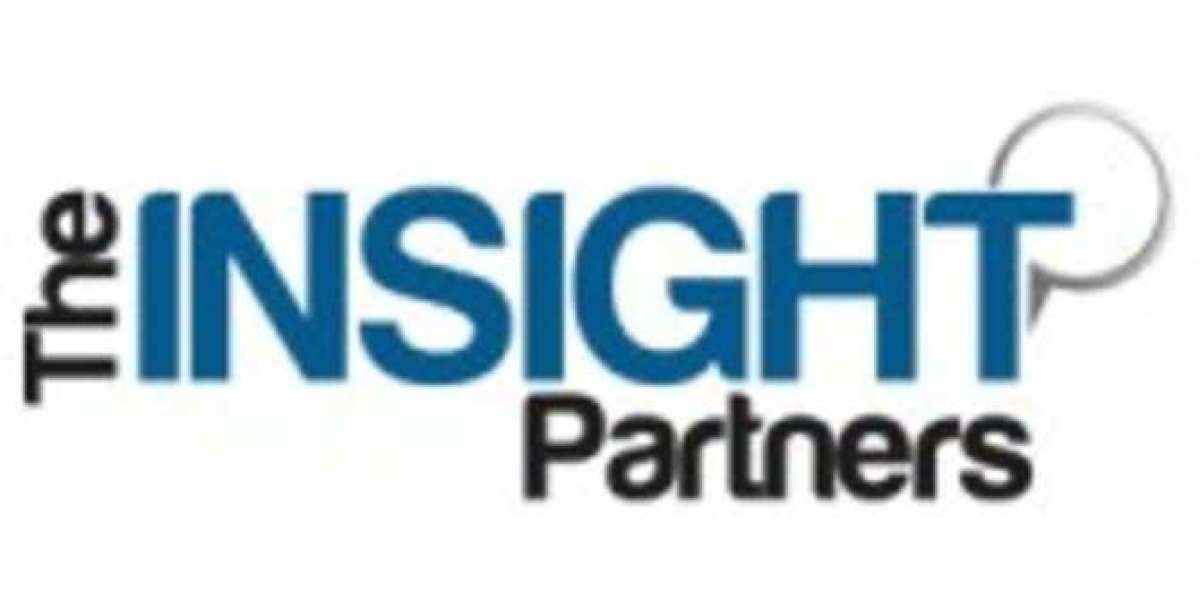Postoperative pain management is a critical aspect of patient care, aiming to alleviate pain and discomfort after surgical procedures. Effective pain management not only improves patient comfort but also enhances recovery and reduces the risk of complications. The postoperative pain management market encompasses a range of pharmacological and non-pharmacological interventions designed to optimize pain relief. In this article, we will explore the current state of the postoperative pain management market, the challenges it faces, and the opportunities it presents for healthcare providers, pharmaceutical companies, and patients.
Market Landscape: Postoperative pain is a common and significant concern following surgical procedures. The market for postoperative pain management is driven by the increasing number of surgical procedures performed globally, coupled with the growing emphasis on patient-centered care. The market is characterized by a wide range of interventions, including analgesic medications, regional anesthesia techniques, patient-controlled analgesia (PCA) systems, and non-pharmacological approaches.
Pharmacological Interventions: Pharmacological interventions play a central role in postoperative pain management. Non-opioid analgesics, such as nonsteroidal anti-inflammatory drugs (NSAIDs) and acetaminophen, are commonly used as part of multimodal analgesia strategies to minimize opioid consumption and associated side effects. Opioids, such as morphine and oxycodone, are still frequently prescribed for moderate to severe postoperative pain, although efforts are being made to reduce their use due to concerns regarding addiction, respiratory depression, and other adverse effects. Local anesthetics, including epidural and peripheral nerve blocks, provide targeted pain relief by numbing specific areas of the body.
These techniques, when used appropriately, can significantly reduce the need for systemic opioids and improve pain control. In addition, novel drug delivery systems, such as sustained-release formulations and liposomal preparations, are being developed to prolong the duration of analgesia and improve patient convenience.
Non-Pharmacological Approaches: Non-pharmacological interventions complement pharmacotherapy in postoperative pain management. These approaches include physical therapy, cognitive-behavioral therapy, acupuncture, and relaxation techniques. Physical therapy helps improve mobility, reduce muscle tension, and promote healing. Cognitive-behavioral therapy aims to modify patients' perceptions and responses to pain, empowering them to better cope with discomfort. Acupuncture and relaxation techniques, such as deep breathing exercises and guided imagery, can help reduce pain and promote relaxation.
Challenges in the Market: Despite the advancements in postoperative pain management, the market faces several challenges. One significant challenge is the undertreatment of postoperative pain. Inadequate pain control can lead to prolonged recovery, increased healthcare utilization, and patient dissatisfaction. Factors such as inadequate assessment, healthcare provider concerns regarding opioid addiction, and reluctance to prescribe opioids can contribute to suboptimal pain management. Another challenge lies in striking a balance between effective pain relief and minimizing opioid-related risks.
The opioid epidemic has heightened awareness of the potential for opioid misuse and addiction. Stricter regulations, prescribing guidelines, and increased scrutiny have influenced the prescribing practices of healthcare providers. Finding alternative analgesic strategies and developing safer opioid formulations are areas of active research and development.
Opportunities in the Market: The postoperative pain management market presents several opportunities for stakeholders. There is a growing interest in multimodal analgesia, which combines different analgesic agents and techniques to target multiple pain pathways simultaneously.














